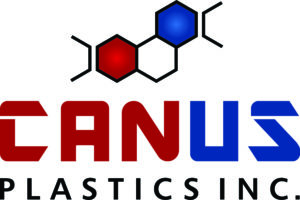Vacuum Forming or Vacuforming is one of the oldest and most common methods of processing plastic materials. There are many applications of this process and it is particularly adept at producing very large plastic items that would require huge investments and lead times if machined or injection moulded.
The process involves heating a plastic sheet until soft and then draping it over a mould that is made of a rigid, and often porous, material. A vacuum is applied to the non-sheet side of the mould thereby sucking the sheet tightly unto the mould after which it is cooled with fans until rigid enough to be ejected. At Plas-Tech we take this process to a more advanced state by using sophisticated pneumatic mechanisms and heat controls thus enabling higher production speeds and more detailed vacuum formed applications.
In addition to lower investment and lead times for customers, Vacuum Forming is also a highly flexible form of manufacturing. The initial moulds are often machined from wood or plastic and can therefore be modified easily to adjust designs to address unforeseen issues. After a design is finalized and validated for the customer, the mould can be treated to increase production life or even be replicated in an aluminum form for extremely long life. We have several makes, models and sizes of vacuum forming machines that can accommodate various customer needs even during parallel runs.
CANUS uses Vacuum Forming at our Ottawa facility to work with materials including PVC, CPVC, HDPE, ABS, polystyrenes, Acrylic, co-polyesters, Kydex® and Royalite® R57 (PVC/ABS). We use this technology to produce aircraft interiors, louvers, cargo liners, lighting lenses, electronic and radar enclosures, and panels for construction. It also lends itself well to very low volume items such as replicating historic items for museums and artistic structures for galleries.

